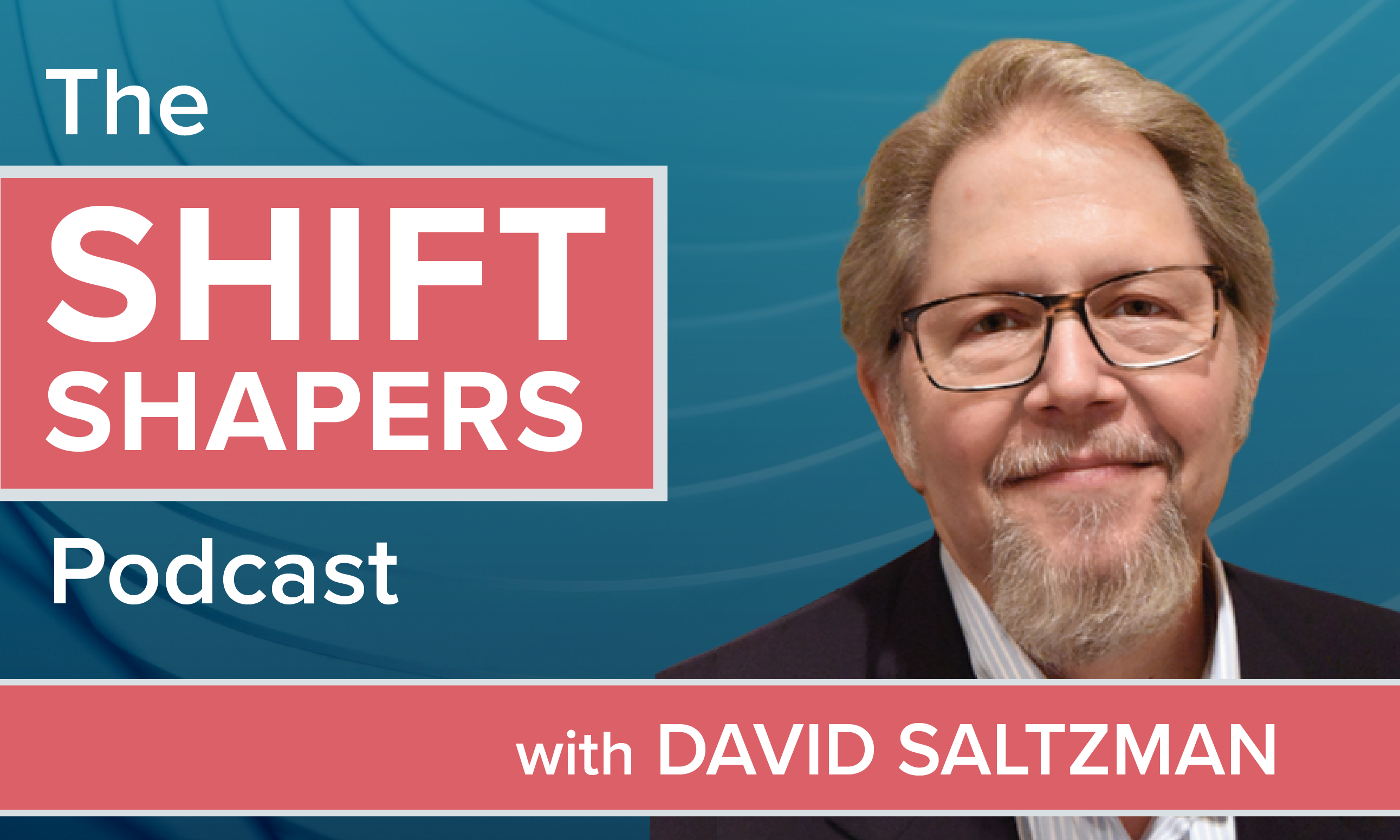
This year, January 1 brought us not only a new year but also a new decade. What a difference ten years can make. Unlike the last decade, this one comes in with a booming economy and a voluntary benefits industry with an abundance of offerings that is advantageous for both employees and employers.
Building on the growth and diversification of product offerings over the past ten years, the voluntary benefit industry is poised for expansion and increased adoption over the next decade, as talent attraction and retention continue to a top priority for employers.
Recommended For You
Complete your profile to continue reading and get FREE access to BenefitsPRO, part of your ALM digital membership.
Your access to unlimited BenefitsPRO content isn’t changing.
Once you are an ALM digital member, you’ll receive:
- Breaking benefits news and analysis, on-site and via our newsletters and custom alerts
- Educational webcasts, white papers, and ebooks from industry thought leaders
- Critical converage of the property casualty insurance and financial advisory markets on our other ALM sites, PropertyCasualty360 and ThinkAdvisor
Already have an account? Sign In Now
© 2025 ALM Global, LLC, All Rights Reserved. Request academic re-use from www.copyright.com. All other uses, submit a request to [email protected]. For more information visit Asset & Logo Licensing.








